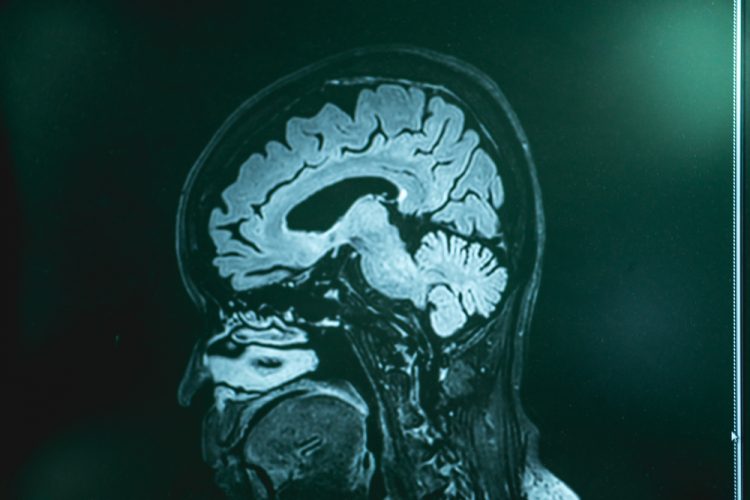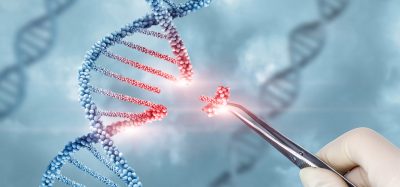New cell culture model reveals neurodegeneration mechanisms
Posted: 23 February 2024 | Drug Target Review | No comments yet
Researchers discovered that NPTX2 protein accumulated in cells containing abnormal TDP-43 in FTD and ALS patients.


University of Zurich (UZH) researchers have developed a neural cell culture model which reveal mechanisms underlying neurodegeneration. Their findings suggest that the TDP-43 protein could be a therapeutic target for the treatment of frontotemporal dementia (FTD) and amyotrophic lateral sclerosis (ALS).
In ALS, neurons in the motor cortex and spinal cord degenerate, resulting in paralysis. In FTD, neurons located in the parts of the brain involved in cognition, language and personality are affected. Although the abnormal accumulation of the TDP-43 protein in neurons in the central nervous system (CNS) is a common factor in most of ALS patients, and in around half of FTD patients, the underlying cellular mechanisms driving neurodegeneration remain largely unknown.
The team developed a new neural cell culture model, derived from human induced pluripotent stem cells (hiPSCs) named ‘iNets’ that replicates the behaviour of TDP-43 in neurons. iNets are a network of interconnected neurons and their supporting cells growing in multiple layers in a dish.
The cultures lasted up to a year and were easily reproduced. First author of the study Dr Marian Hruska-Plochan explained: “The robustness of aging iNets allows us to perform experiments that would not have been possible otherwise…And the flexibility of the model makes it suitable for a wide range of experimental methodologies.”
This model facilitated the discovery of a toxic increase in the NPTX2 protein, which is usually secreted by neurons through synapses. To validate their hypothesis, the team examined brain tissue from deceased FTD and ALS patients and confirmed that NPTX2 accumulated in cells containing abnormal TDP-43, meaning that the iNets culture model accurately predicted FTD and ALS patient pathology.
The researchers conducted additional experiments in the iNets model, to test whether NPTX2 could be a target for drug design to treat FTD and ALS. The team engineered a setup in which they lowered the levels of NPTX2 while neurons were suffering from TDP-43 misbehaviour. They discovered that keeping NPTX2 levels low counteracted neurodegeneration in the iNets neurons. Therefore, drugs that reduce the amount of NPTX2 could stop neurodegeneration in FTD and ALS patients.
Dr Magdalini Polymenidou concluded: “We still have a long way to go before we can bring this to the patients, but the discovery of NPTX2 gives us a clear shot of developing a therapeutic that acts at the core of the disease…In conjunction with two additional targets recently identified by other research teams, it is conceivable that anti-NPTX2 agents could emerge as a key component of combination therapies for ALS and FTD in the future.”
This study was published in Nature.
Related topics
Drug Targets, Neurons, Neurosciences
Related conditions
Amyotrophic Lateral Sclerosis (ALS), frontotemporal dementia (FTD)
Related organisations
University of Zurich (UZH)
Related people
Dr Magdalini Polymenidou (UZH), Dr Marian Hruska-Plochan (UZH)








